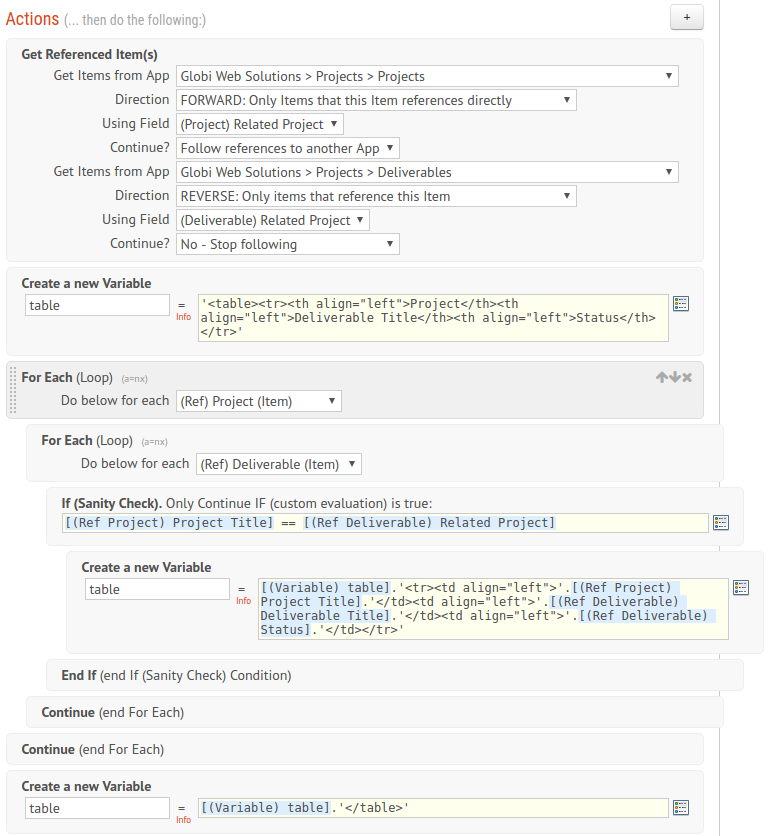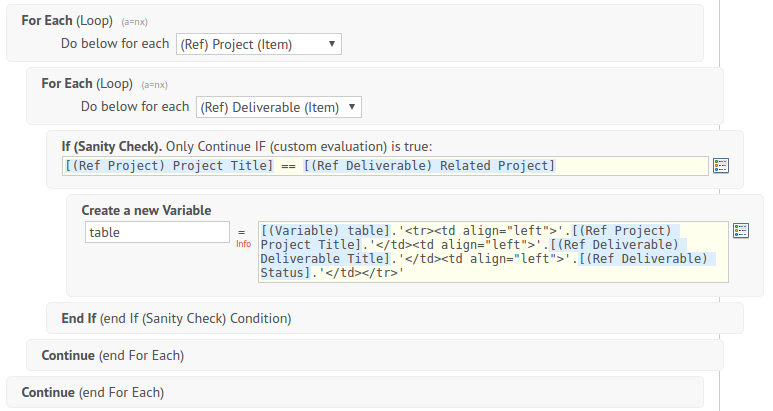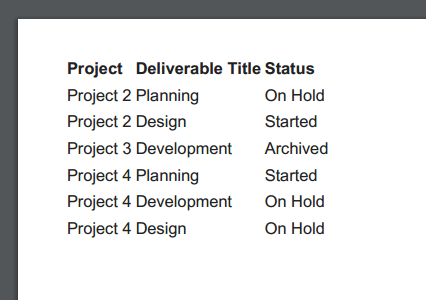This content has been machine translated dynamically.
Dieser Inhalt ist eine maschinelle Übersetzung, die dynamisch erstellt wurde. (Haftungsausschluss)
Cet article a été traduit automatiquement de manière dynamique. (Clause de non responsabilité)
Este artículo lo ha traducido una máquina de forma dinámica. (Aviso legal)
此内容已经过机器动态翻译。 放弃
このコンテンツは動的に機械翻訳されています。免責事項
이 콘텐츠는 동적으로 기계 번역되었습니다. 책임 부인
Este texto foi traduzido automaticamente. (Aviso legal)
Questo contenuto è stato tradotto dinamicamente con traduzione automatica.(Esclusione di responsabilità))
This article has been machine translated.
Dieser Artikel wurde maschinell übersetzt. (Haftungsausschluss)
Ce article a été traduit automatiquement. (Clause de non responsabilité)
Este artículo ha sido traducido automáticamente. (Aviso legal)
この記事は機械翻訳されています.免責事項
이 기사는 기계 번역되었습니다.책임 부인
Este artigo foi traduzido automaticamente.(Aviso legal)
这篇文章已经过机器翻译.放弃
Questo articolo è stato tradotto automaticamente.(Esclusione di responsabilità))
Translation failed!
Workflow Automation: Nested For Each Loop
Nested For Each Loop
When collecting Items from multiple Apps, all Items are placed in their own respective App bucket. This means when you loop through the collected items, there is no direct way to determine the Child Item (App B) for the current looped Parent Item (App A). This can be solved with a Nested For Each Loop and a Sanity Check.

EXAMPLE
Collect all Projects from App A and the related Deliverables in App B and create a custom HTML table with data from both Items.
First, Get Referenced Items to collect all items from App A & App B.

Next, create a Custom Variable, prior to the For Each Loop, that will contain the start of the Custom HTML Table.

Start a For Each Loop for each of the collected items.
Add a Sanity Check to match the Deliverable to the current Project in the Loop.
Be sure to check that App A’s relationship field matches the title of App B.

Continue building the table Variable, close the For Each Loops and Sanity Check, and then close the HTML table outside of the loop. This Variable token can now be used in a rich text box.

Here is the result of the table placed in a PDF:

Share
Share
In this article
This Preview product documentation is Citrix Confidential.
You agree to hold this documentation confidential pursuant to the terms of your Citrix Beta/Tech Preview Agreement.
The development, release and timing of any features or functionality described in the Preview documentation remains at our sole discretion and are subject to change without notice or consultation.
The documentation is for informational purposes only and is not a commitment, promise or legal obligation to deliver any material, code or functionality and should not be relied upon in making Citrix product purchase decisions.
If you do not agree, select I DO NOT AGREE to exit.